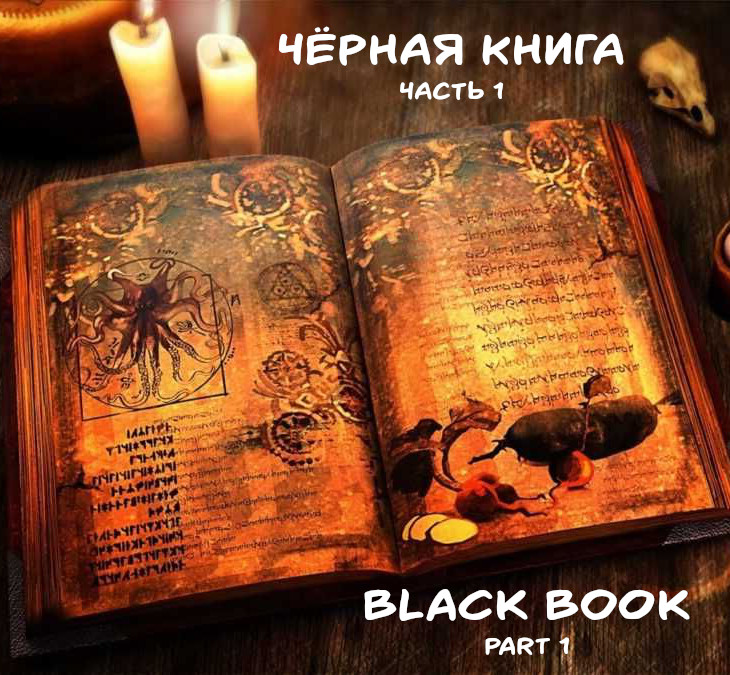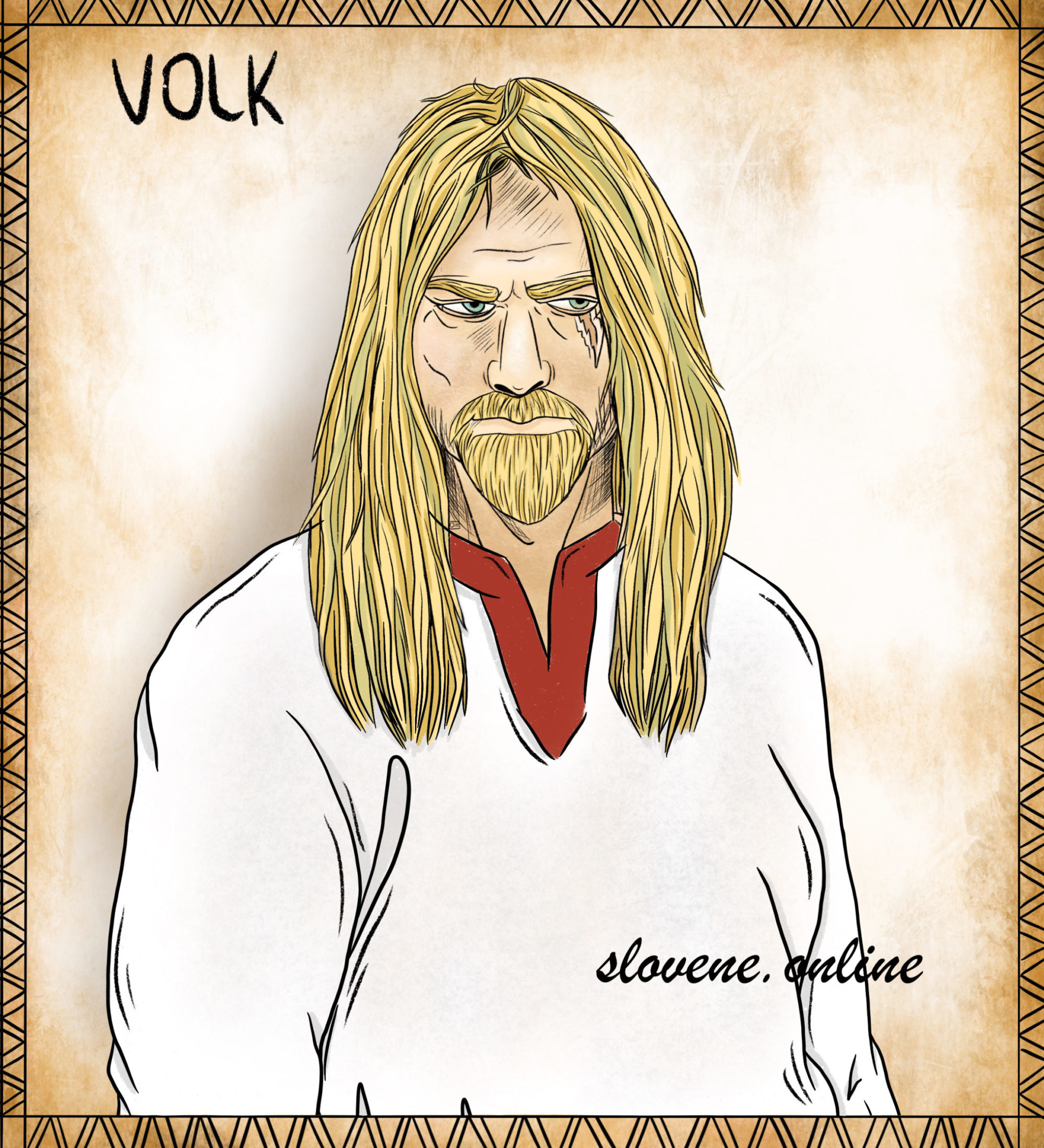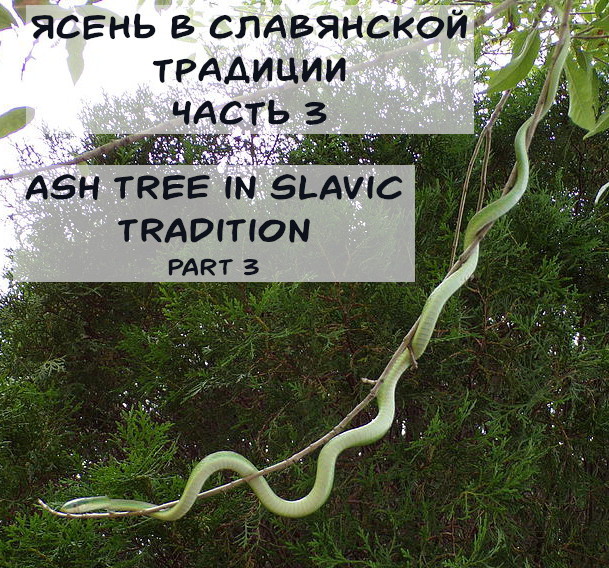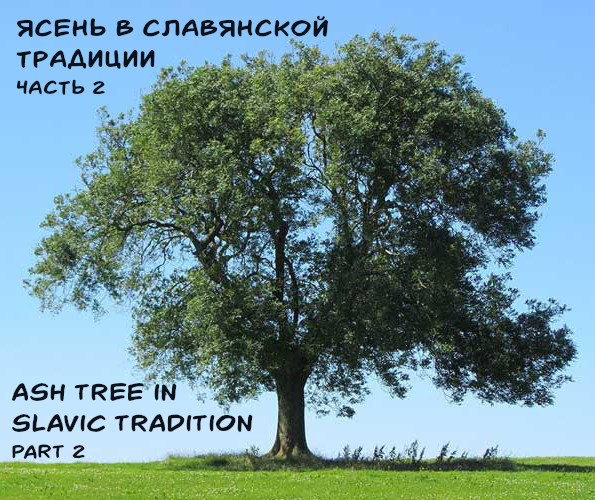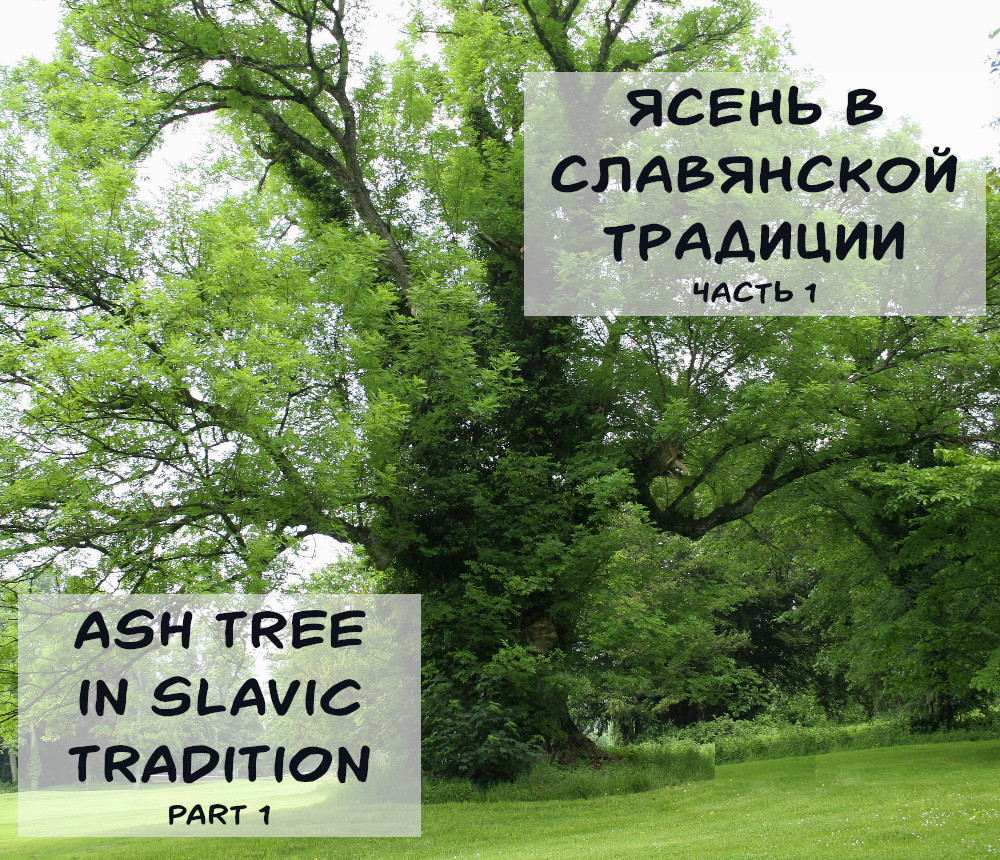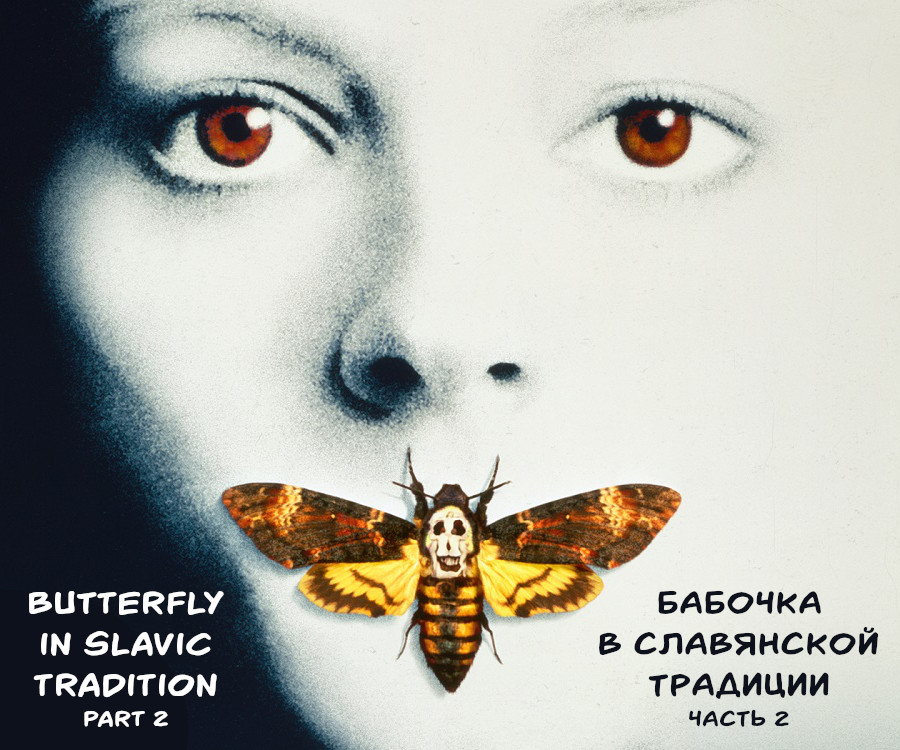The Black Book (Čarodějná kniha, Bosorská kniha) is the main magic book of a sorcerer (warlock) who is practicing black magic. The Poles believed that it served to summon the devil, the Slovaks – that it helped in the search for treasures. In the Grodno region, Belarusians believed that the “black book” equally half-and-half contained “good” and “evil” knowledge, and the sorcerer had the ability to both put the curse and reverse it.
ꏍ
In Slavic tradition, the status of the most powerful warlock was held by the one who had completed the study of the “Black Book”. Though it was not easy and extremely dangerous. First, it had to be studied only at night by candlelight. Second, the reading should be stretched for a whole year or even three years. And third, it was necessary to read chapters in a special order, not in sequence. At the same time, reading the “black book” deprived the warlock of health: he would begin to wither, his hair would turn gray and he could go insane. But if an unprepared person tried to use it, that would lead to the illness or death of the reader and disappearance of the book…
ꏍ
What have you heard about the “black book” in Slavic tradition?
ꏍ
To be continued…
